Nalanda needs no introduction. The ancient university met its end in 1200 when it was sacked and razed to the ground by Bakhtiyar Khalji, the conqueror of Bengal. But what does it have to do with the Kanai Boroxi Boa Inscription located in a nondescript place across the Brahmaputra from Guwahati that I just visited a few days ago?
Well, this is where Khalji’s career got over. But let’s go step by step till we get to the inscriptions.
Nalanda
I haven’t visited the ruins of Nalanda in present day Bihar yet but anyone remotely familiar with Indian history knows about it. Along with Takshashila, it was probably the most important place of learning in ancient India. Apart from theology and philosophy, they also excelled in other subjects like in mathematics and medicine.
It came into prominence around 4th-5th Century CE but much older mentions of the name have been found. Students from not only India but from other countries, especially from places where Buddhism was prevalent, used to come here to learn and also to carry sacred texts back to their countries. Chinese monk and traveller Xuanxang visited it too and has left a good account of it. It received patronage from the major ruling dynasties even as power kept changing hands.
Bakhtiyar Khalji
Ikhtiyar Uddin Muhammad Ibn Bakhtiya Khalji ( commonly known as Bakhtiyal Khalji) was a Turkic Afghan Nobleman. During the early years of Islamic conquest of India, the authority wasn’t very centralized. The Sultans of Delhi probably were busy in the North and conquistadors like Khalji were free to have their own campaigns.
Khaljis army easily conquered eastern India as his army razed through present day Bihar and Bengal. He sacked Nalanda and destroyed its famous library. He probably also destroyed some other major seats of learning such as Vikramshila and Odantapuri. Nalanda managed to function at a smaller scale for a few more decades but never recovered it’s original glory.
Khalji’s Tibet Plan
After firmly establishing himself in Bengal, Khalji hatched more ambitious plans. His primary target was not Assam though. It was a small region, primarily known as the Kingdom of Kamrup, that was on its way to Tibet. It is not very clear but probably he tried to have some pact with small local kingdoms to secure supplies for Tibet. However, these armies were used to fighting on the plains only and high altitude warfare wasn’t their forte. Details are not clear but he probably met defeat somewhere in present day Bhutan or Tawang and descended to the Brahmaputra Valley, looking to return to Bengal.
Prithu (Visvasundara)
Prithu remains an enigmatic character. There are doubts about exact details of the king and his family but we can in general agree that he was the most powerful ruler of the Kamrup region at that point of time. Some recent studies equate him to a historical king called Visvasundara. In that case, it’s not sure how the other name became more popular. The primary reference to this comes from Tabaqat-i Nasiri by Minhaj-i-Siraj, which was compiled during that era.
He ambushed and defeated Khalji’s Army, which was already weakened by defeats in the hills and was retreating. Apparently a bridge was destroyed to cut off his path of retreat, forcing them to swim across the river. Many drowned while crossing. However, I am not sure the bridge was over which river because back then they did not have the technology to build a bridge over a river as vast as Brahmaputra.
I first learnt about this incident when I took an additional History course in high school (It was optional and not everybody took it). Thankfully I studied in a state board Govt school in Assam instead of deracinated, Delhi-centric CBSE schools.
Kanai Boroxi Boa Xil (Kanai Barasi Boa Rock Inscription)
This is what brings us to the site I just visited. Currently it is a nondescript site located a few hundred meters from the Daily Govinda Temple in North Guwahati. It is also located very near to the Northern Terminal of the Guwahati Ropeway, which is what we used to get there.
We got into the ropeway from the southern bank (which is the main Guwahati City nowadays). North Guwahati was once an important spot during the ancient times as suggested by the presence of some major temples (more about them later). However, at present, it’s more of a sleepy suburb across the river while southern Guwahati blossomed into a major city during colonial times.
We followed the map from the Ropeway terminal, hiked through some narrow lanes through a thickly populated area, and reached the spot in ten minutes, only to realize that it’s much easier to find if we just reach the main road first.
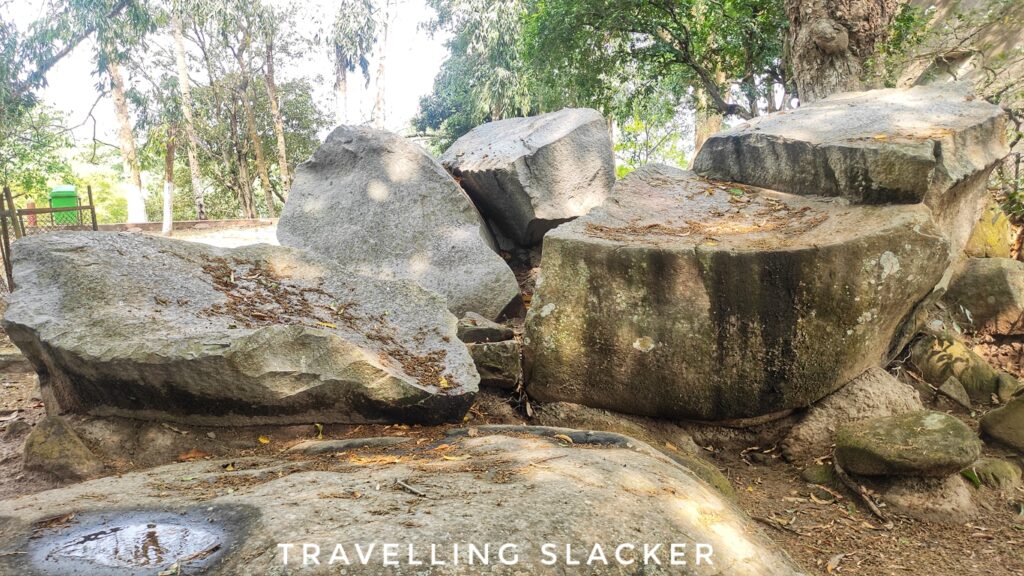
Now, coming back to the inscription, it’s on a small rock on the bank of the river. It is remarkably laconic for something recording as important as this. It basically has just one sentence. This is also considered one of the early examples of Assamese script.
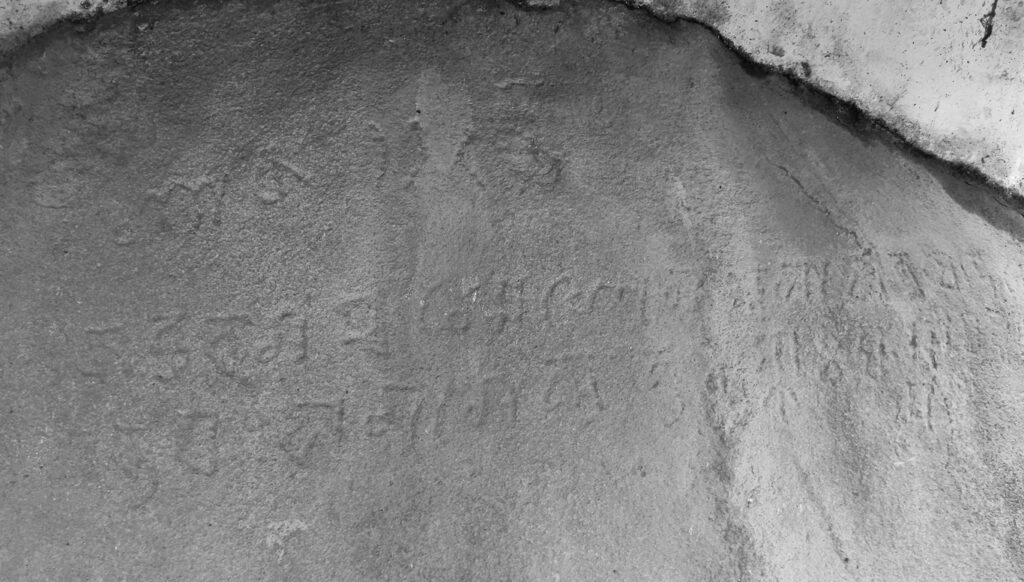
The original text in Sanskrit says…
sak 1127
sake turaga yugmese. madhumase troyodose
kamarupa samagatya. turushka kshayamayyu.
Roughly translated to English…
In Saka 1127, on the thirteenth of the month of honey (Chaitra) upon arriving in Kamarupa, the Turks perished.
Do note that Saka Calendar is a historical Indic calendar. The year zero corresponds to the Julian year of 78. So, Saka 1127 is basically around 1205-1206 AD.
Did they realise the magnitude of their achievement? Why did they not provide more details? Or was it the cultural norm to not boast too much? Nevertheless, the meaning is pretty clear and there’s no doubt about the date either.
On the other hand, there are two more inscriptions at this site. They are engraved on a different rock a few feets away. These belong to the Ahom period and describe similar feats. However, one of them have now been turned into a temple by building walls on three sides of the rock. Not sure why it was done as the temple is a pretty new construction. As of now, the third inscription is hanging above with a few idols at the bottom.
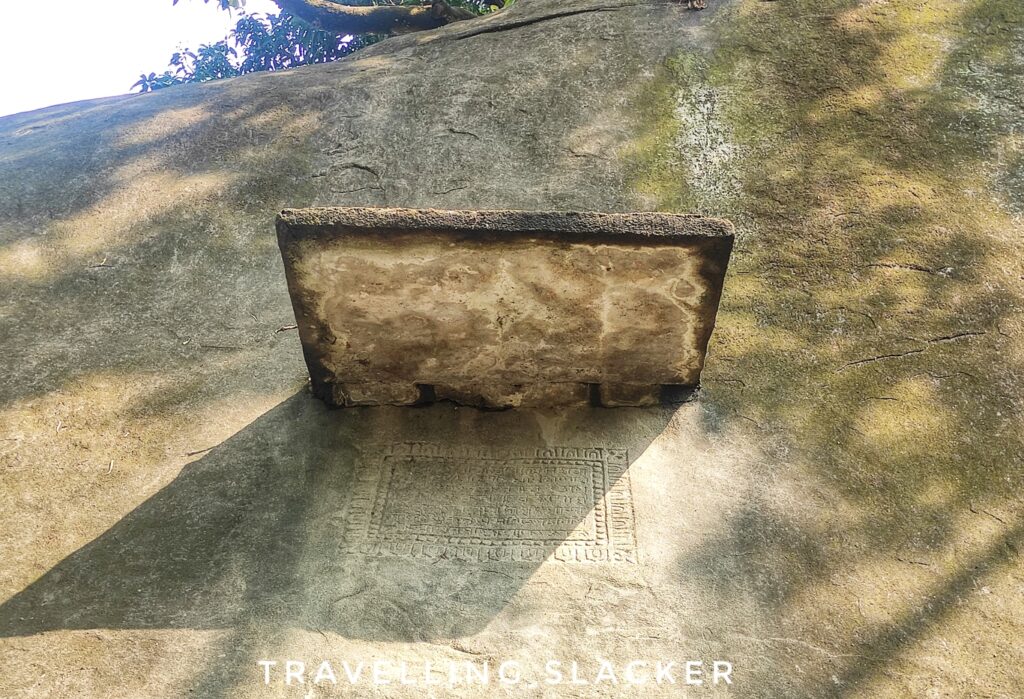
More importantly, the importance of this site raises many questions. The name of the place is Kanai Boroxi Boa Xil which literally means the rock where Krishna went fishing. Not sure how this name originated and why this point was considered important by kings of different eras to put up these inscriptions here only.
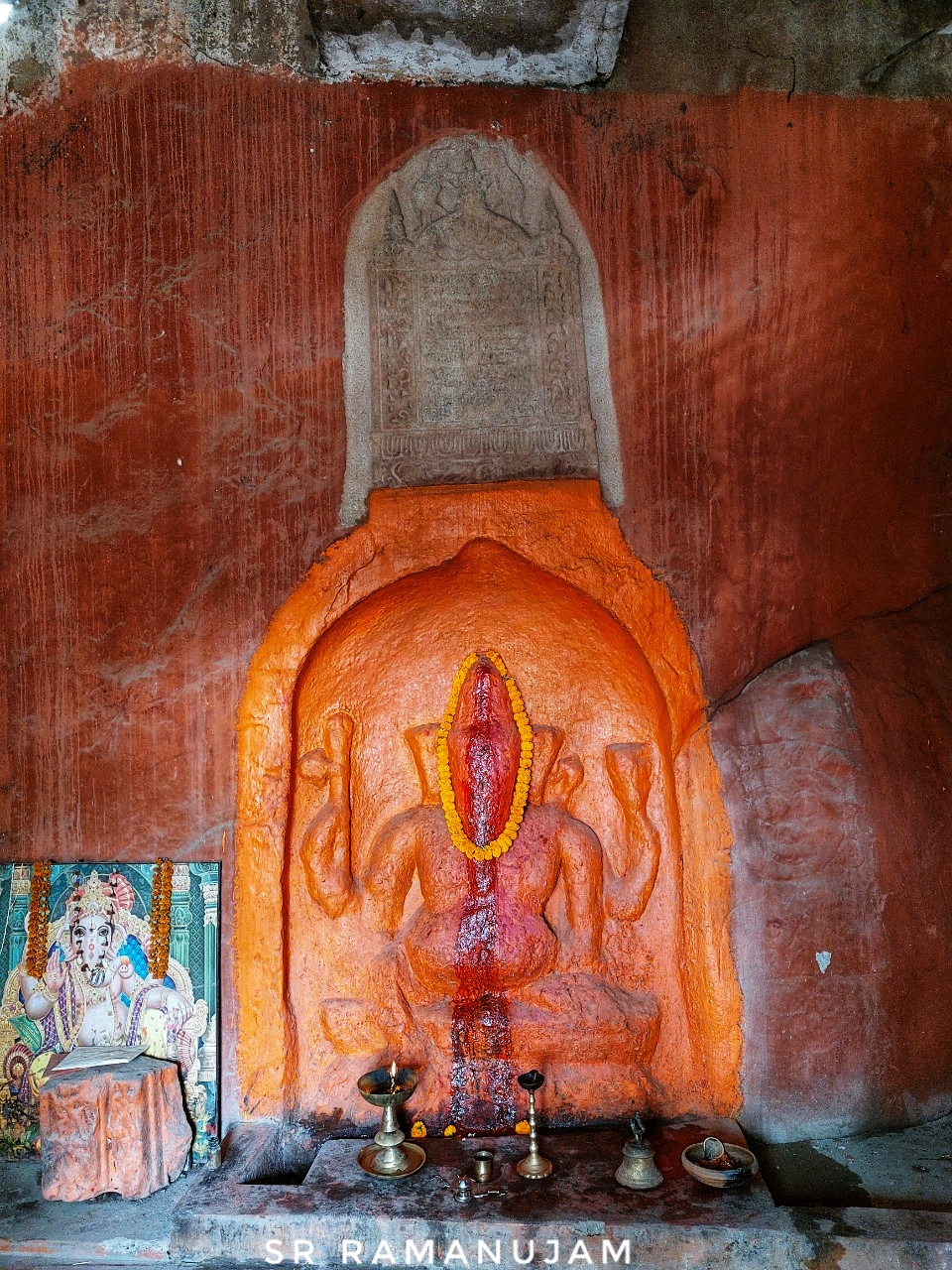
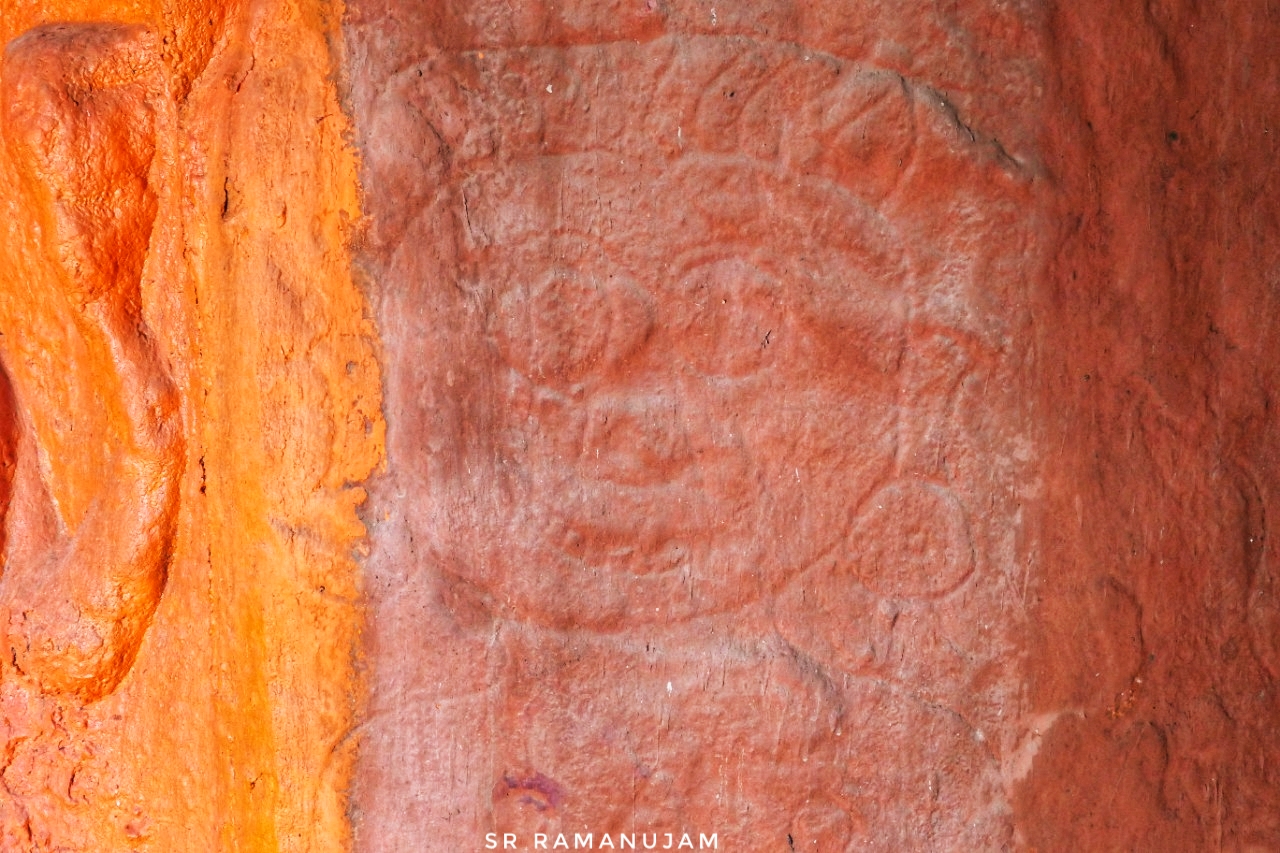
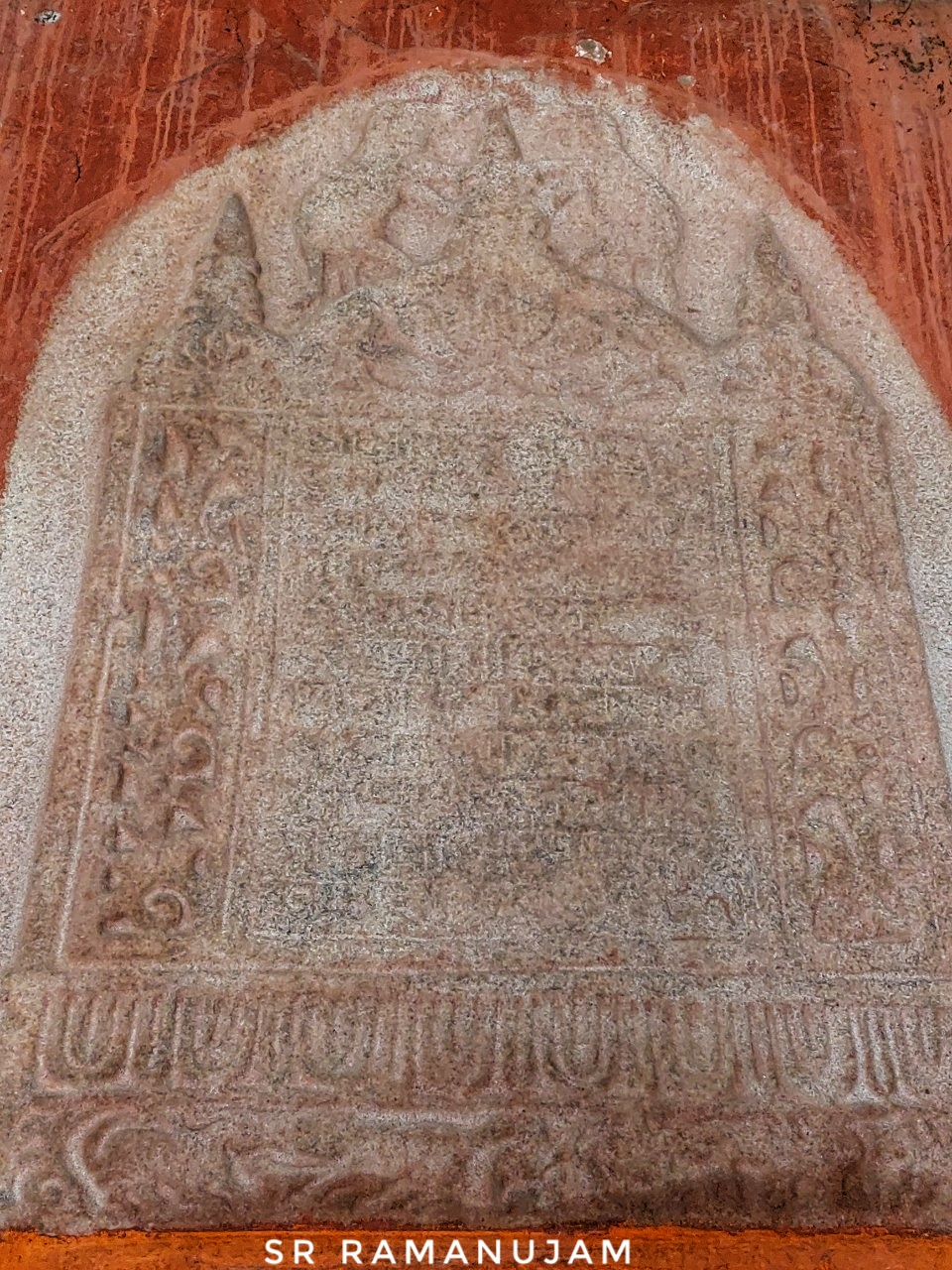
What Happened After the Battle?
Medieval power structure was merciless. There was no respect for the defeated. So, although Khalji survived that battle and returned to Bengal, having lost the bulk of his army and prestige, he was dethroned and probably assassinated soon.
Second and Third Invasion
Now, another assault was mounted by his successors some years later… Apparently around 1226. Details about this one are even more scarce.
From what I remember from that school book, that attack was also repulsed by Prithu. One stone Inscription called Gachtal Inscription mentions it. It was found somewhere in Nagaon but is currently in the Guwahati Museum. It is basically a stone pillar found in Gachtal about 3.K.M.west to Dabaka of Nagaon District of Assam.
It mentions that the yavanas had reached Dabaka region in the saka year 1149.
However, by that time the forces from Delhi had attacked Bengal. It was led by Nasiru’d-Din Mahmud. (Wiki article on Prithu links the wrong Mahmud while the Wiki article on Khalji doesn’t even mention his defeat in Kamrup).
Anyway, Mahmud eliminated existing independent rulers of Bengal to bring it under Delhi Sultanate. He also attacked Kamrup and Prithu apparently got defeated and killed during this third invasion. He probably installed a local ruler to pay tribute but that arrangement did not last long as he returned to his territory. Anyway, this ended the first round of invasions to Assam from Delhi (there were 18 in total till the last defeat of Aurangzeb’s army in Itakhuli).
Sultan Ghari: Is it the Same Nasir?
Nasir was apparently the favourite son of Iltutmish and was supposed to succeed him. He was made the ruler of eastern parts of the empire after subduing the independent Turkic rulers. However, he died suddenly after a few years of adventure in the East (probably assassinated).
A grief stricken Iltutmish made a giant tomb of the earliest great Islamic tombs in Delhi now known as Sultan Ghadi near Vasant Kunj. Never heard of it? Don’t worry, I covered it a few years ago.
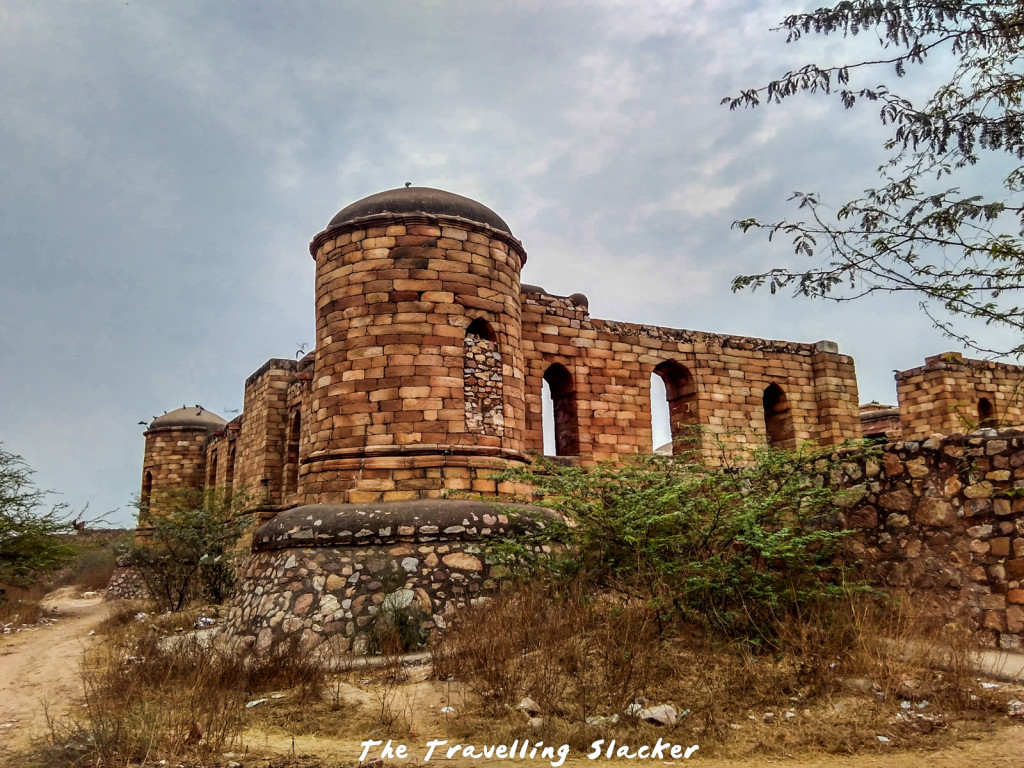
How to Reach Kanai Boroxi Boa Xil?
Kanai Boroxi Boa Xil along with its three inscriptions is located in North Guwahati. It’s easy to reach from main Guwahati, which is located on the southern bank of the river Brahmaputra. You can find buses and cars but now the easiest way is to simply take the newly opened Guwahati Ropeway near Panbazar. The site is very near to the northern terminal of the ropeway. Once you reach the North side, just check the map and walk to the site, which is a few hundred yards away. It is also near to the popular Dol Govinda Temple.

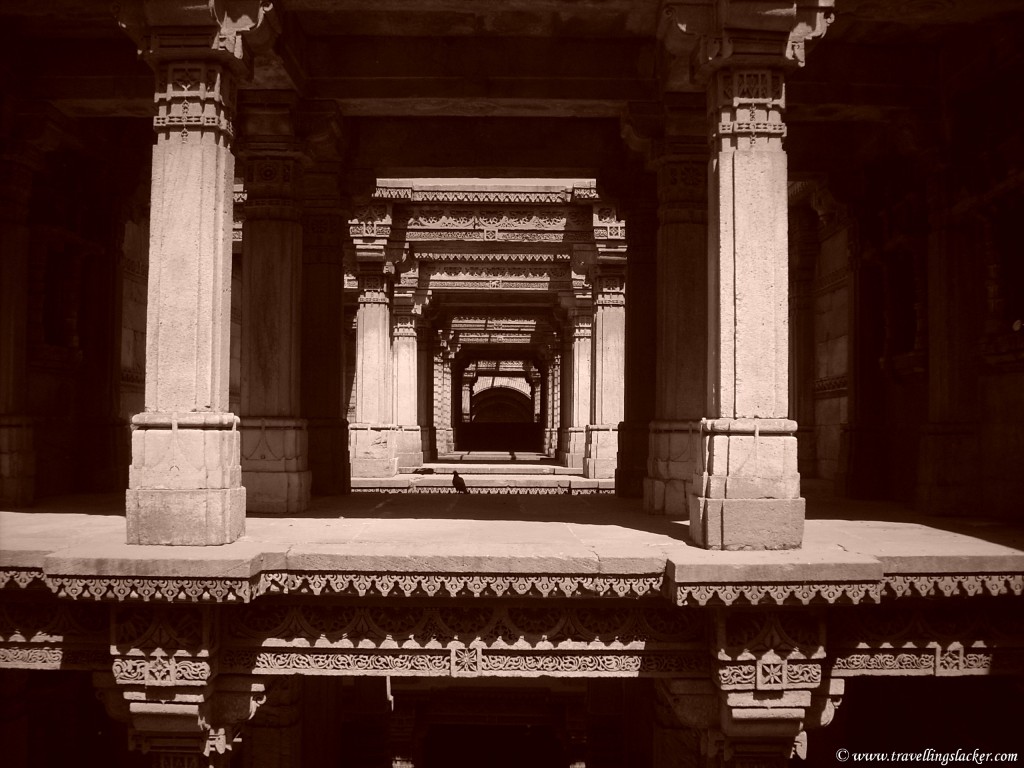
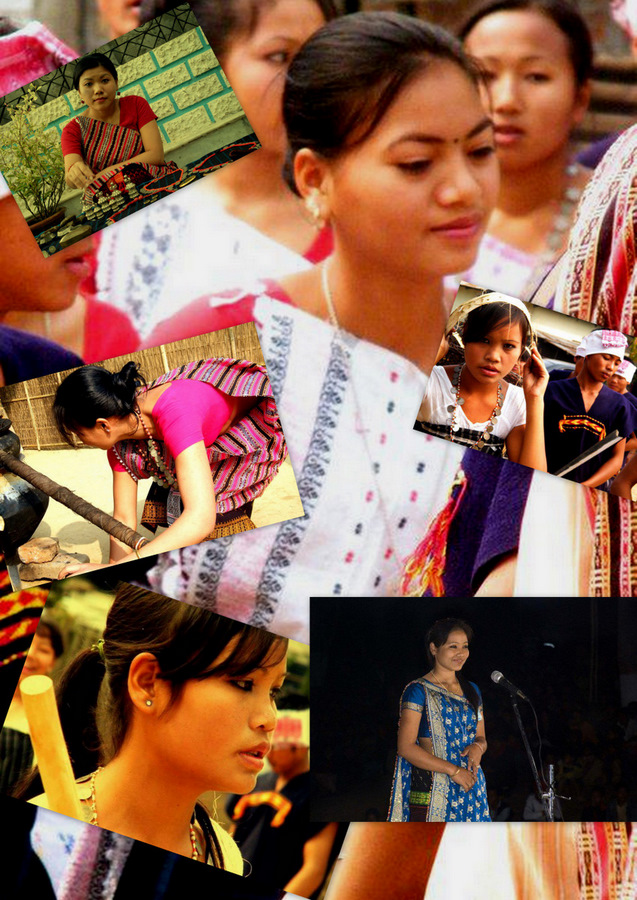
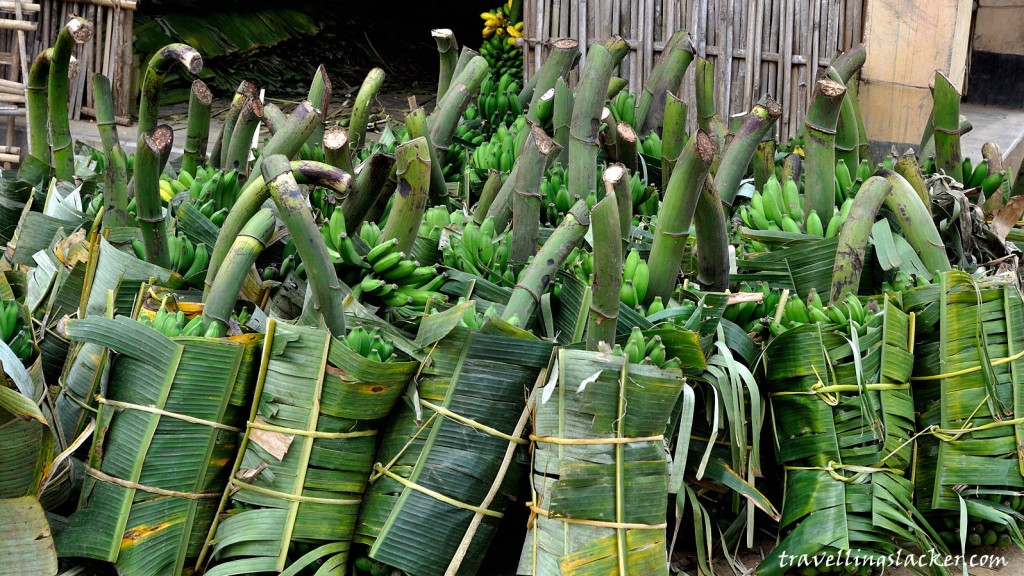
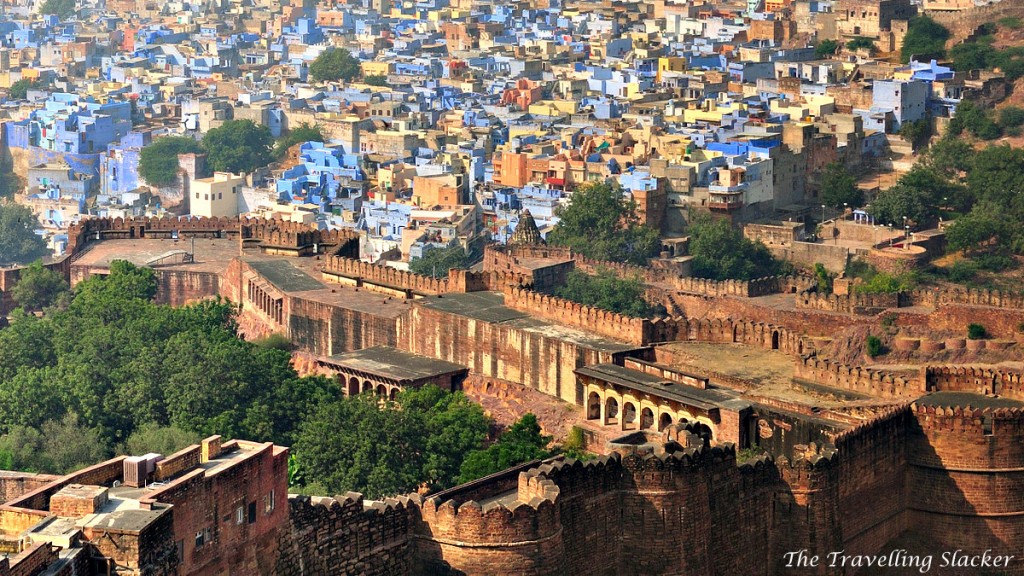
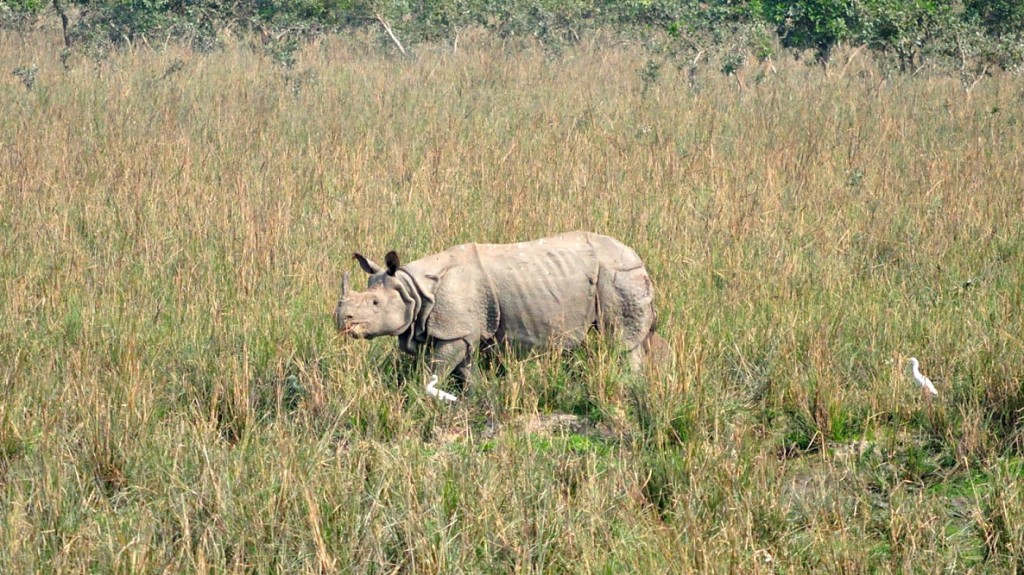
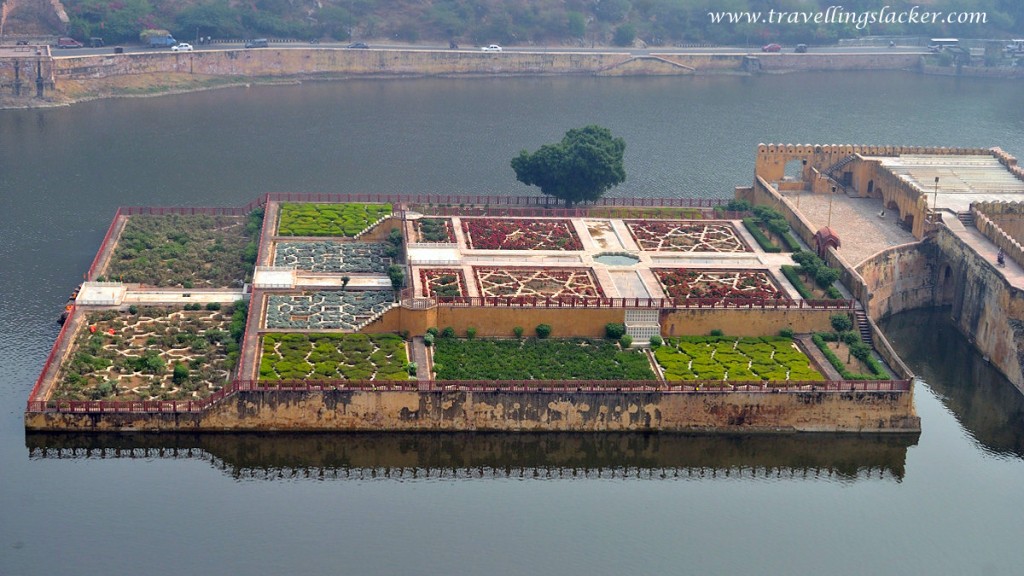
You have got some really nice info. Here. Never heard about the inscription. Though I know everything else what you wrote here barring the inscription.
Pingback: North Guwahati: Ashwaklanta & DIrgheswari Temples | The Travelling Slacker